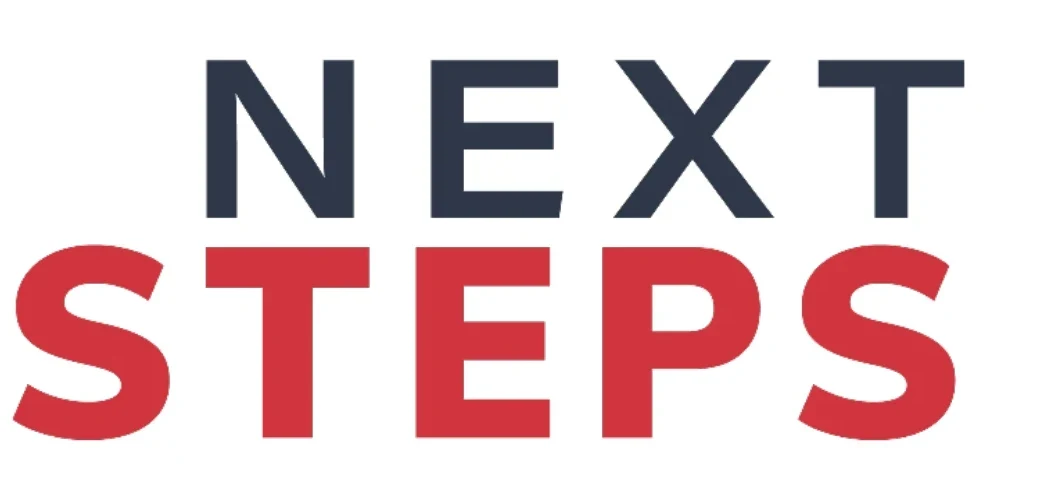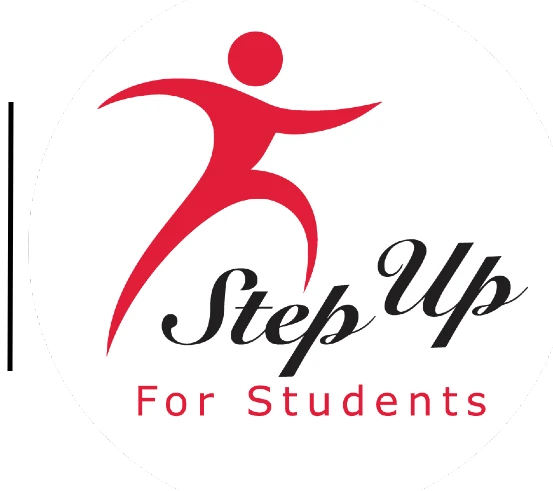The annual release of state test results in New York State saw rising scores across the board — as well as debate about what, exactly, that meant. But for a half-dozen inner-city Catholic schools, the results brought some unequivocal good news: Their students’ gains outpaced not only their public-school peers, but also the city’s charter schools, which are being lauded for outsize gains.
Collectively, the Partnership Schools increased student proficiency rates by 16 percentage points in language arts and 13 percentage points in math. Where they once trailed statewide averages in student achievement, they now surpass them.

The Partnership for Inner-City Education is part of the national Catholic school renaissance.
The proliferation of school choice programs, the growth of new organizations devoted to academic excellence in Catholic education, and the pressures created by what partnership superintendent Kathleen Porter-Magee calls a healthy fear of closure have prompted a growing number of Catholic schools around the country to explore new approaches to academic improvement and rediscover their calling to serve disadvantaged students.
An agreement reached in fall 2013 allowed the partnership to take over academic operations for six schools in Harlem and the Bronx. They serve about 2,100 students in grades Pre-K-8, 80 percent of whom qualify for federal lunch programs. Some 72 percent of their students qualify for financial aid, which Jill Kafka, the partnership’s executive director, said is provided through roughly $3 million in privately funded scholarships.
Catholic schools’ efforts to improve education of low-income students have a champion in Pope Francis, who visited one of the partnership schools — the 124-year-old Our Lady Queen of Angels — last fall.
Writing in Flypaper, Porter-Magee notes it wasn’t long ago that Catholic schools were widely cited as a source of hope in urban education.
Over the past two decades, that confident leadership has been shaken by declining enrollment and financial struggles. Some in the reform sector and elsewhere have even taken to writing off urban Catholic schools as a relic of a bygone day.
At the same time, efforts from within the Catholic community have stalled out as the small-c conservatism that has long been a feature of Catholic schools (it has saved us from jumping from education fad to education fad, for instance) became a bug. As a result, charter schools have thrived as Catholic schools have wavered.
Yet the inherent strengths of Catholic education—a focus on values, faith formation, and academic rigor, coupled with the belief that all children can succeed—are as sturdy a foundation as they have always been. And we have retained much of the audacity of the leaders who made the American system of Catholic schools the biggest, most successful private school “system” in the world. Recently, educational innovators from within the Catholic community have been showing just how successful the right combination of old and new can be in their push for a Catholic schools renaissance.
Those innovations aren’t confined to a handful of schools in New York City. Efforts like the expanding network of Notre Dame ACE Academies and Cristo Rey Catholic High Schools are creating pockets of rebirth around the country.
The latest results from New York reveal the promise of combining deep roots with new approaches, in what partnership leaders describe as 100-year-old startups. Still, the scores should probably be interpreted with some caution. State test results may not be directly comparable year-over-year. And short-term jumps in student achievement can be difficult to sustain.
The fact remains: For two years, these urban Catholic schools have improved more quickly than their counterparts state- and citywide. They lend credence to the idea Catholic schools should have a place, alongside charter schools and other options, in diverse educational ecosystems that create better learning opportunities for all students — especially the disadvantaged.


